Welcome to the Scent Guide, your gateway to understanding fragrance. Discover how the fragrance wheel helps navigate scent families and notes, guiding you to your perfect perfume.
What is a Scent Guide?
A scent guide is a comprehensive resource designed to help individuals navigate the complex world of fragrances. It provides insights into fragrance families, notes, and strengths, making it easier to identify scents that resonate with personal preferences. The guide often includes tools like the fragrance wheel, which visually categorizes scents into families such as floral, woody, and oriental. By understanding these elements, users can explore perfumes more confidently and discover fragrances that align with their lifestyle and emotions. Whether you’re a novice or a connoisseur, a scent guide offers a structured approach to finding your perfect scent.
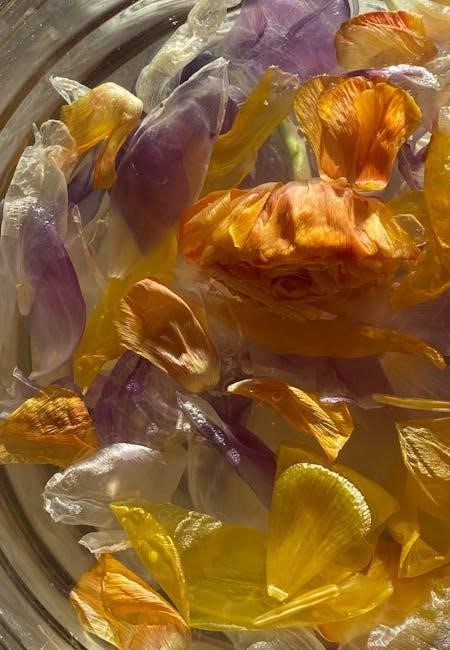
The Importance of Understanding Fragrance Families
Understanding fragrance families is crucial for navigating the vast world of perfumes. These families—such as floral, woody, oriental, and fresh—serve as foundational categories that define a scent’s character. By identifying which family resonates with you, you can make informed choices and explore fragrances more effectively. This knowledge also helps in pairing scents for different occasions and seasons, enhancing your olfactory journey. It simplifies the process of discovering new perfumes and ensures that your selections align with your personal taste and lifestyle, making every fragrance experience more enjoyable and meaningful.
How to Use the Fragrance Wheel
The Fragrance Wheel, created by Michael Edwards in 1983, is a visual tool that organizes scents into families and subgroups. It helps identify commonalities between fragrances, making it easier to discover new scents. Start by determining your preference for a fragrance family, such as floral or woody. Use the wheel to explore related scents and notes within that family. The color-coded system simplifies navigation, allowing you to trace how fragrances evolve from top to base notes. This method ensures a structured approach to finding perfumes that align with your tastes and preferences, enhancing your fragrance journey.

Fragrance Families
Fragrance families categorize scents into distinct groups, such as floral, woody, oriental, and fresh, helping you identify preferences and explore similar fragrances effectively.
Floral Fragrances
Floral fragrances are characterized by their delicate and elegant scents, often featuring notes of roses, jasmine, and lavender. These perfumes evoke the beauty of fresh flowers, creating a timeless appeal. Perfect for spring and summer, they are light and uplifting, making them ideal for daytime wear. From subtle bouquets to intense soliflors, floral scents offer versatility, catering to both classic and modern tastes. Whether you prefer soft petals or bold blooms, floral fragrances provide a sophisticated and feminine touch, making them a popular choice for everyday use and special occasions alike.
Woody Fragrances
Woody fragrances are known for their earthy, grounding scents, often featuring notes of cedarwood, sandalwood, patchouli, and pine. These aromas evoke the natural world, creating a sense of warmth and sophistication. Perfect for autumn and winter, woody perfumes are rich and long-lasting, making them ideal for evening wear. They can range from light, airy forest notes to dense, smoky undertones, offering versatility for both casual and formal settings. Whether you prefer the crispness of pine or the depth of sandalwood, woody fragrances provide a robust and enduring scent experience.
Oriental Fragrances
Oriental fragrances are rich and sensual, characterized by warm, spicy, and sweet notes. They often feature ingredients like amber, vanilla, musk, and exotic spices, creating a luxurious and alluring aroma. These scents are perfect for evening wear and special occasions, offering a sophisticated and long-lasting impression. Oriental perfumes can vary from subtle, creamy accords to bold, smoky blends, catering to those who appreciate depth and complexity in their fragrance choices. Their opulent nature makes them ideal for making a statement, ensuring a memorable presence wherever you go.
Fresh Fragrances
Fresh fragrances are light, uplifting, and invigorating, often evoking the scent of citrus, green notes, and aquatic elements. These perfumes are perfect for everyday wear, offering a crisp and clean aroma that energizes the senses. Characterized by their airy and revitalizing qualities, fresh fragrances are ideal for spring and summer. They typically feature top notes like lemon, grapefruit, and mint, creating a refreshing and vibrant scent profile. Fresh fragrances are versatile and timeless, making them a popular choice for those who prefer a subtle yet rejuvenating fragrance experience.
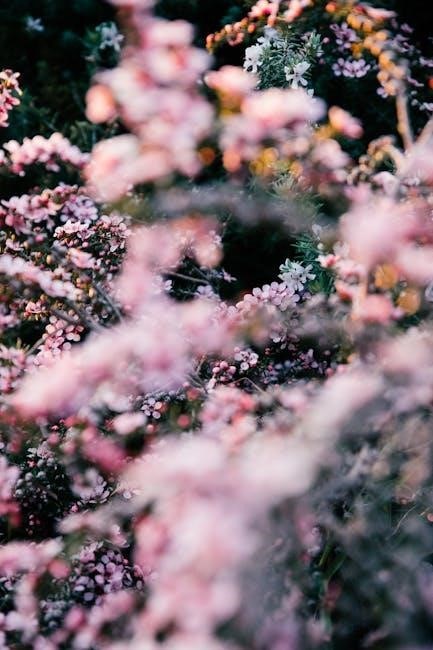
Fragrance Notes
Fragrance notes are the layers of scents in a perfume, blending top, middle, and base notes to create a harmonious aroma that evolves over time, offering depth and complexity.
Top Notes
Top notes are the initial scents you smell when applying a fragrance, typically light and fleeting. They set the tone, often featuring citrus, green, or spicy elements that evaporate quickly, lasting about 10-30 minutes. These notes are designed to grab attention and provide an immediate impression, making them crucial in determining the first appeal of a perfume. Examples include bergamot, lemon, or mint, which create a fresh and invigorating start. As they fade, they transition seamlessly into the middle notes, ensuring a smooth evolution of the fragrance.
Middle Notes
Middle notes, also known as the heart of the fragrance, emerge after the top notes fade, typically within 30 minutes to an hour. These notes add depth and complexity, lasting several hours. They often feature floral, spicy, or fruity elements that create a harmonious balance, defining the character of the scent. For example, lavender, rose, or cinnamon are common middle notes that enhance the fragrance’s richness. As they unfold, they transition smoothly into the base notes, ensuring a cohesive journey from the initial impression to the final dry-down. This phase is crucial for revealing the fragrance’s true personality.
Base Notes
Base notes are the foundation of a fragrance, appearing after the middle notes have settled, typically within a few hours. These rich, deep scents linger longest, often featuring woody, musky, amber, or vanilla elements. They provide warmth and longevity, anchoring the fragrance and leaving a lasting impression. Base notes are crucial for a scent’s persistence, ensuring it remains noticeable for several hours. Ingredients like sandalwood, patchouli, and tonka beans are common in this phase, adding depth and a smooth finish to the fragrance’s evolution. They create the final, memorable accord that defines the scent’s character.
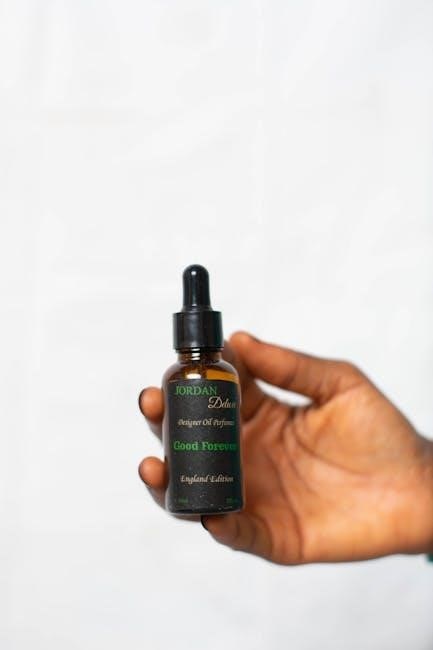
Fragrance Strengths and Types
Fragrance strengths vary by concentration, from Eau Fraîche to Parfum. Higher concentrations last longer, offering deeper scents. This section explores each type’s characteristics and longevity.
Eau Fraîche
Eau Fraîche is the lightest fragrance type, with a low concentration of 1-3% perfume oil. It offers a refreshing, subtle scent ideal for everyday use. Often citrus-based, it provides a gentle, invigorating aroma that fades quickly, making it perfect for those who prefer a light, non-overpowering fragrance. Eau Fraîche is commonly used as a quick splash to rejuvenate the senses without lasting long. Its delicate nature makes it suitable for all occasions, especially in warm weather or for layering with other scents. This type of fragrance is great for individuals seeking a soft, clean, and revitalizing olfactory experience.
Eau de Cologne
Eau de Cologne is a classic fragrance type with a perfume oil concentration of 2-4%. Originating in the 18th century, it is characterized by its light, fresh, and citrusy notes. This scent is perfect for everyday use, offering a subtle yet invigorating aroma. Eau de Cologne typically features top notes of lemon, orange, or bergamot, providing a refreshing and uplifting experience. Its moderate longevity makes it ideal for daytime wear or as a pick-me-up throughout the day. This versatile fragrance is suitable for various occasions and preferences, making it a timeless choice for those who appreciate simplicity and elegance in their scent.
Eau de Toilette
Eau de Toilette is a popular fragrance concentration, containing 5-15% perfume oil. Lighter than Eau de Parfum, it offers a delicate and refreshing scent. EDTs are ideal for everyday wear, providing a subtle aroma that lasts for several hours. They often feature floral, citrus, or woody notes, making them versatile for various occasions. This strength is perfect for those who prefer a softer fragrance that doesn’t overwhelm. EDTs are widely used due to their balance of strength and longevity, making them a favorite choice for both casual and professional settings. Their moderate price point adds to their appeal.
Eau de Parfum
Eau de Parfum (EDP) is a rich and long-lasting fragrance with 15-25% perfume oil concentration. It provides a deeper, more complex scent compared to Eau de Toilette, making it ideal for evening wear or special occasions. EDPs are designed to evolve throughout the day, revealing their base notes as they settle on the skin. Their higher concentration ensures a longer-lasting aroma, often featuring woody, oriental, or floral notes. This strength is preferred by those who desire a sophisticated and enduring fragrance. EDPs are a popular choice for perfume enthusiasts seeking a luxurious experience.
Parfum
Parfum, also known as extrait de parfum, is the most concentrated and luxurious fragrance form, containing 25-30% pure perfume oil. This high concentration ensures a rich, intense, and long-lasting scent, typically lasting 8-12 hours. Parfums are often reserved for special occasions, as their depth and complexity are best appreciated in intimate settings. They are usually more expensive due to the high-quality ingredients and smaller production batches. Parfums highlight the base notes, offering a sophisticated and elegant aroma that lingers subtly on the skin. This fragrance strength is favored by connoisseurs seeking a premium and enduring scent experience.
Start by identifying your preferences and lifestyle. Consider fragrance families, notes, and strengths to find a scent that aligns with your personality and occasions. To choose a fragrance, start by identifying your personal style and preferences. Consider whether you gravitate toward floral, woody, fresh, or oriental scents. Reflect on how you want to feel—confident, relaxed, or energized. Think about your lifestyle: are you active, professional, or looking for something casual? Your skin type also plays a role, as some notes last longer on different skin types. By aligning these factors, you can narrow down fragrances that resonate with your unique taste and needs, ensuring a scent that complements your daily life and special moments. Fragrance preferences often align with seasonal changes, as certain scents complement the mood and environment of each time of year. Light, fresh, and floral fragrances are ideal for spring and summer, evoking brightness and vitality. In autumn and winter, richer, warmer, and spicier scents like woody or oriental notes create a cozy and inviting atmosphere. Consider citrus or aquatic fragrances for summer’s heat and gourmand or woody scents for winter’s chill. Seasonal layering and testing fragrances in the morning can help determine longevity and suitability for the day ahead. The right fragrance can elevate any occasion, creating a lasting impression. For daytime events, opt for light, fresh scents like citrus or floral notes, which are uplifting and subtle. Evening gatherings call for richer, more intense fragrances, such as woody or oriental scents, to exude sophistication. Formal events like weddings or galas may warrant luxurious parfums or elegant chypre fragrances. Casual outings, such as brunches or picnics, are perfect for airy, aquatic, or gourmand scents. Tailor your fragrance choice to the mood and formality of the occasion, ensuring it complements your personality and the setting. Testing fragrances in advance can help you select the perfect match; Explore the latest innovations shaping the fragrance industry, from niche perfumes to sustainable practices, and discover how gourmand and ethical scents are redefining modern olfactory experiences. Gourmand fragrances are a modern sensation, blending edible and aromatic notes to create irresistible scents. These fragrances often feature rich, food-inspired ingredients like vanilla, caramel, and citrus, crafting a sensory experience that feels both indulgent and familiar. Popularized by niche and luxury brands, gourmand perfumes appeal to those who crave something unique and comforting. With their deep, long-lasting base notes, they evoke memories of sweet treats and culinary delights, making them a standout choice for fragrance enthusiasts seeking a personal and memorable signature scent. Niche and luxury fragrances are crafted with rare and high-quality ingredients, offering unique and sophisticated scents. These exclusive perfumes are often created by artisanal perfumers and limited in production, making them highly sought after by fragrance connoisseurs. Unlike mass-market perfumes, niche fragrances prioritize originality and depth, featuring complex notes that evolve on the skin. Whether it’s a bespoke blend or a premium fragrance house, these scents cater to those who appreciate exclusivity and artistry, providing a personal statement of refined taste and elegance. They are true treasures in the world of perfumery.
Sustainable and ethical fragrances emphasize eco-friendly practices and responsible sourcing. These perfumes use natural, organic ingredients and minimize environmental impact. Ethical brands ensure fair labor practices and avoid animal testing. Packaging is often recyclable, reducing waste. This movement aligns with consumer demand for transparency and sustainability, offering scents that are both luxurious and conscientious. By choosing such fragrances, consumers support environmentally friendly and socially responsible practices, contributing to a greener future while enjoying high-quality perfumes. This approach redefines luxury, blending beauty with a clear conscience. Fragrance has deep roots in culture and history, shaping traditions and rituals across civilizations. Scents reflect societal values, spiritual practices, and artistic expressions, preserving heritage and identity. The art of perfumery dates back thousands of years, with ancient civilizations like the Egyptians, Greeks, and Romans using fragrances for rituals and personal adornment. In Mesopotamia, perfumes were crafted from aromatic plants and resins, while Egyptians perfected techniques for blending scents. The Middle Ages saw monks preserving fragrance knowledge, and the Renaissance revived perfumery as an art form. The 18th century marked the rise of modern perfumery in France, with the development of synthetic ingredients in the late 19th century revolutionizing the craft. Today, perfumery blends tradition and innovation, creating timeless scents that captivate global audiences. Fragrance has long played a vital role in cultural rituals worldwide, serving as a bridge between tradition and emotion. From the use of incense in Asian spiritual practices to the burning of frankincense in Middle Eastern ceremonies, scents evoke deep cultural connections. In many Indigenous cultures, smudging with sage or cedar is a purification ritual. Similarly, Omani traditions celebrate the fragrance of roses, while Japanese tea ceremonies incorporate subtle scents to enhance mindfulness. These rituals not only preserve cultural heritage but also foster well-being and communal bonding, illustrating fragrance’s enduring significance across global traditions and belief systems. Iconic fragrances have left an indelible mark on history, reflecting the essence of their eras. From the timeless Chanel No. 5, introduced in 1921, which revolutionized perfumery with its modern blend, to the opulent Shalimar by Guerlain in 1925, these scents have transcended time. The 1980s saw the rise of power fragrances like Giorgio Beverly Hills, while the 1990s embraced fresh, aquatic notes with Calvin Klein’s Escape. Each iconic fragrance tells a story, blending innovation and tradition to become symbols of elegance, sophistication, and cultural shifts, forever etched in the memory of perfume enthusiasts worldwide.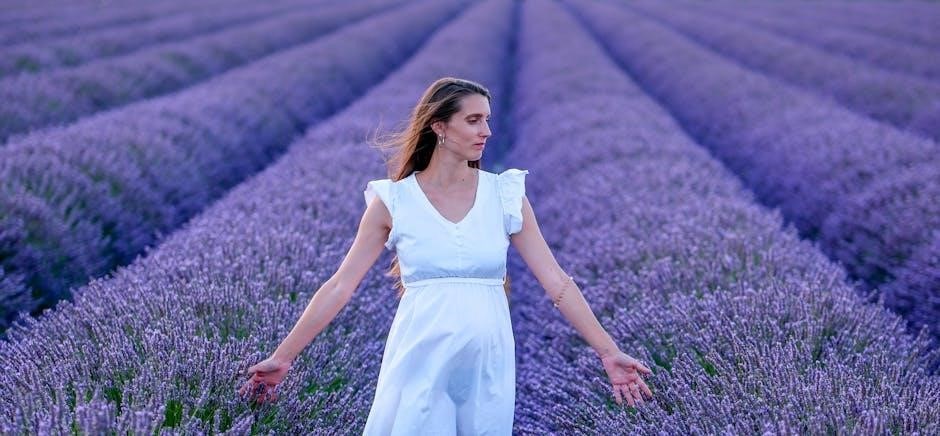
How to Choose the Right Fragrance
Understanding Your Personal Preferences
Seasonal Fragrance Selection
Fragrances for Different Occasions
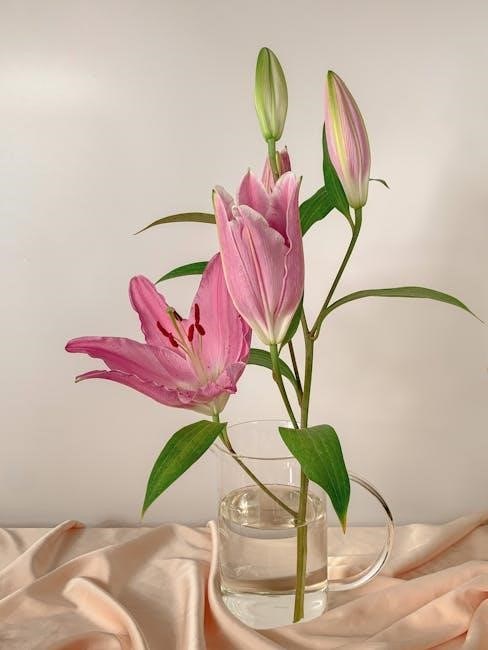
Modern Trends in Fragrance
Gourmand Fragrances
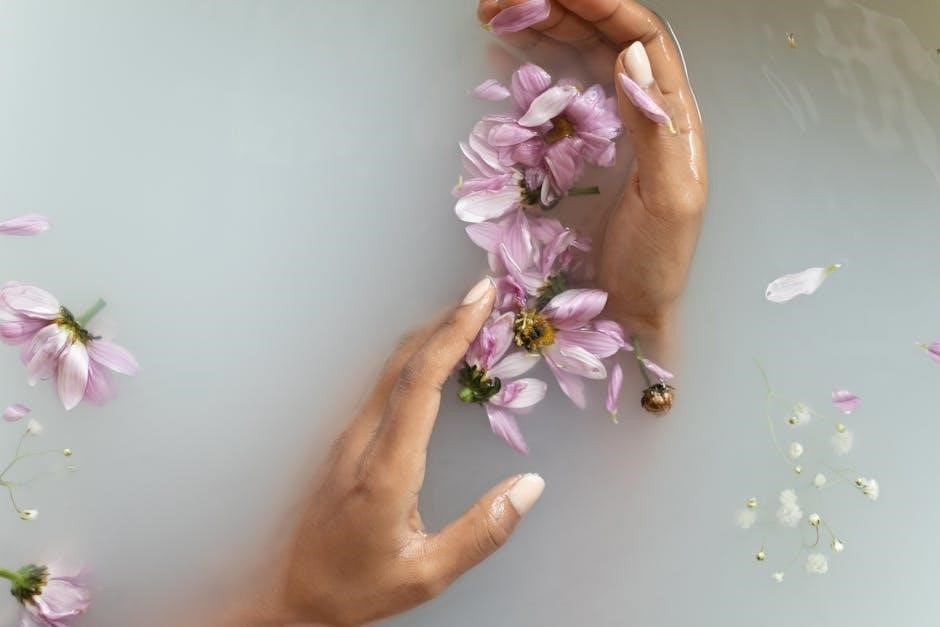
Niche and Luxury Fragrances
Sustainable and Ethical Fragrances
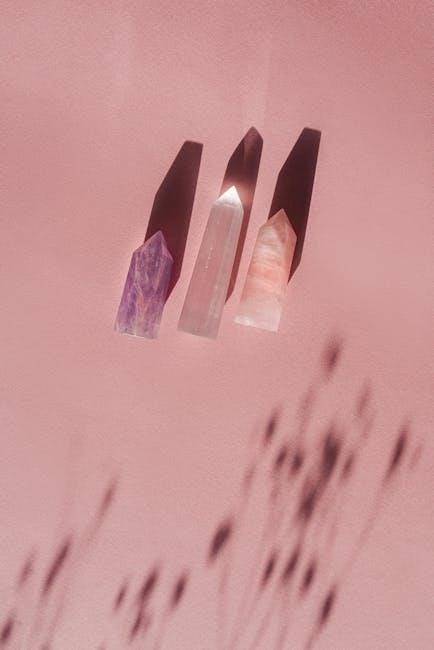
Cultural and Historical Aspects of Fragrance
The History of Perfumery

Cultural Rituals and Fragrance
Iconic Fragrances Through the Ages

